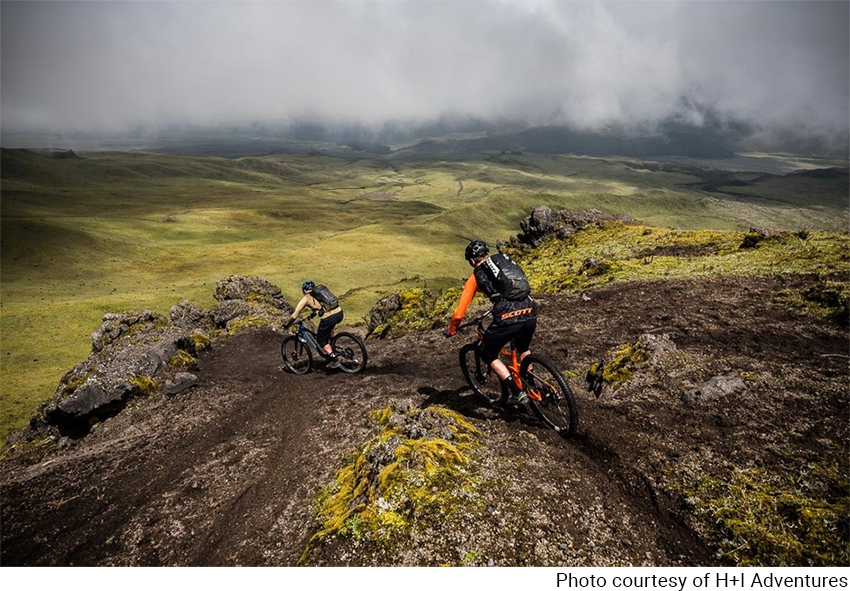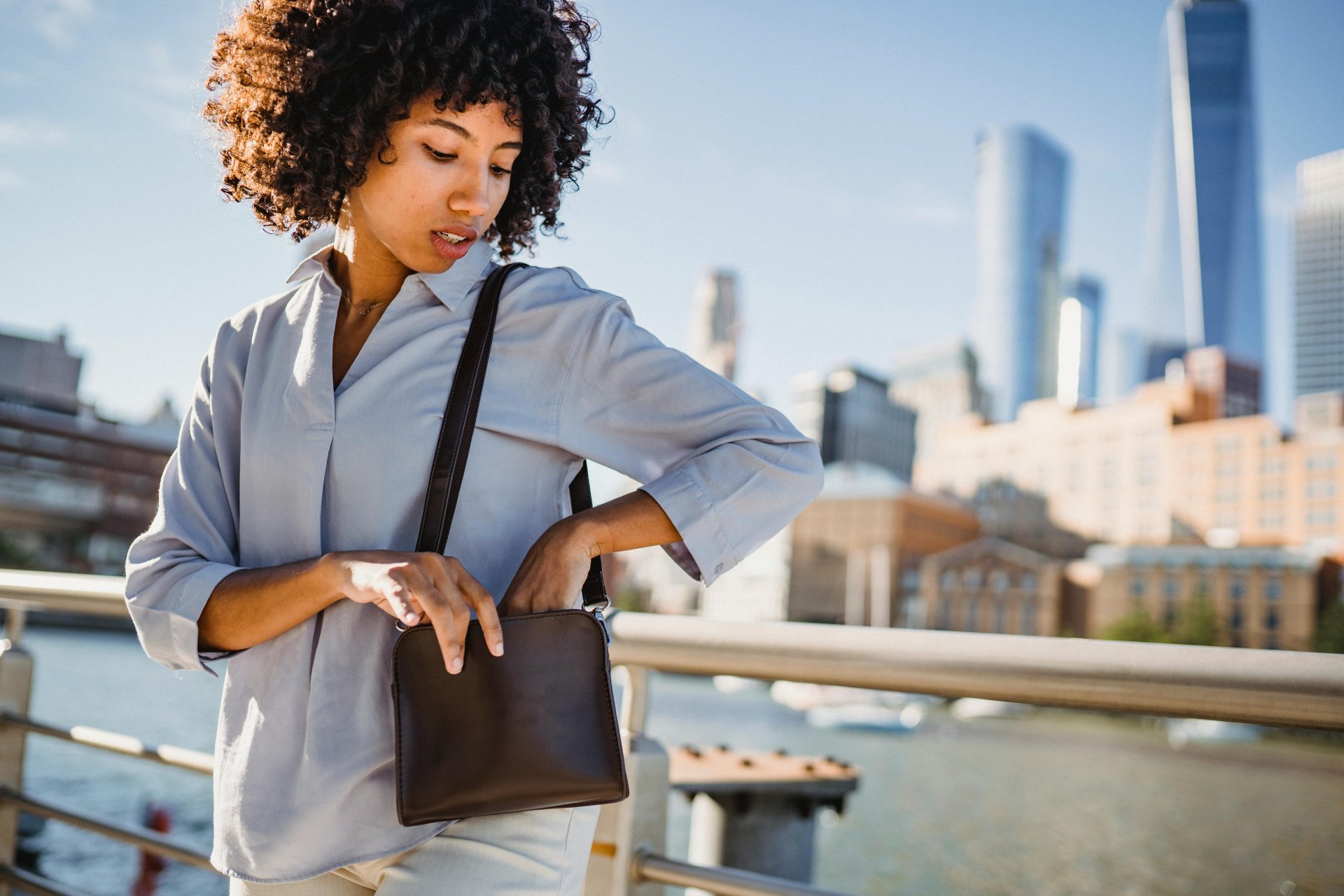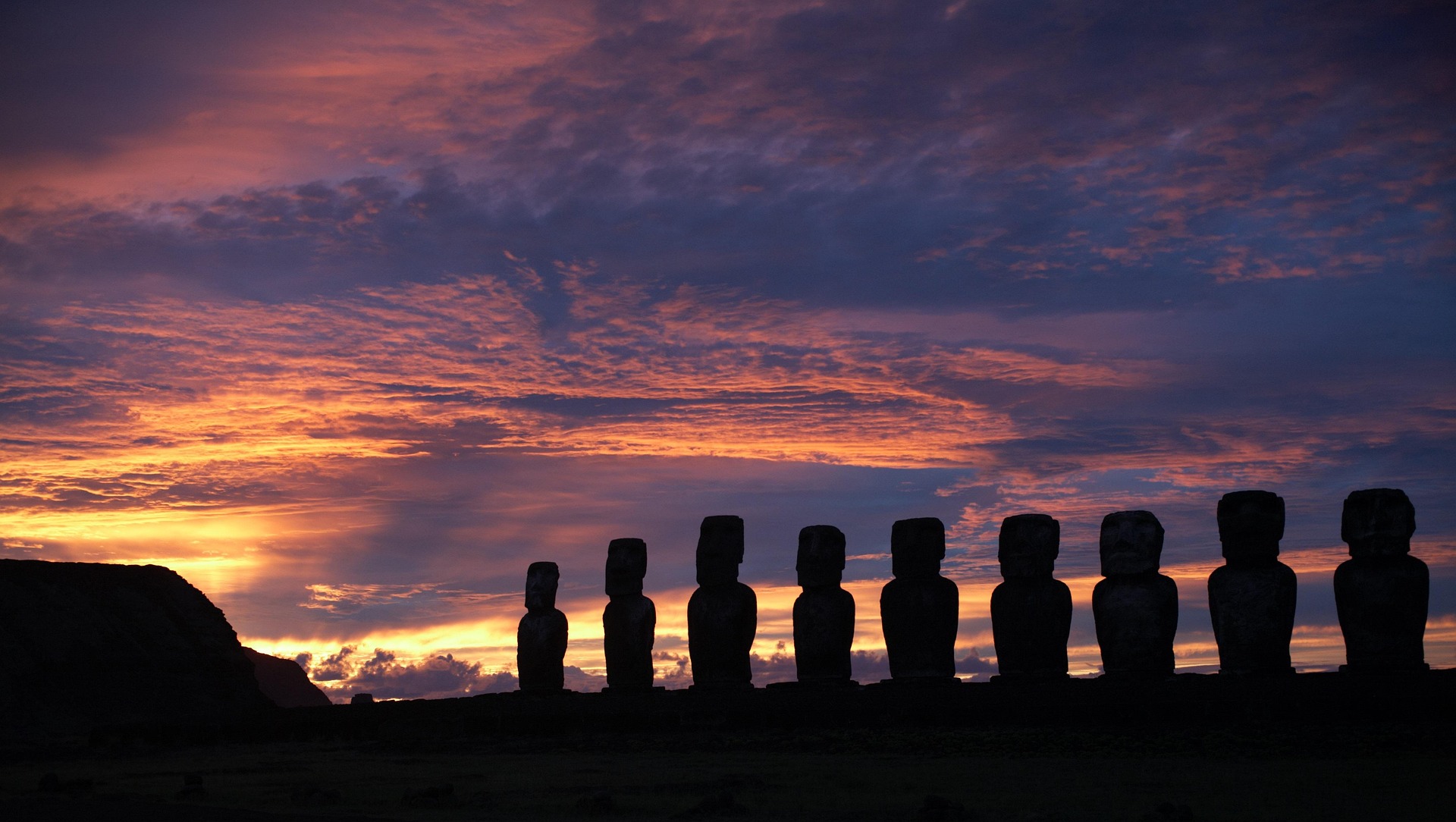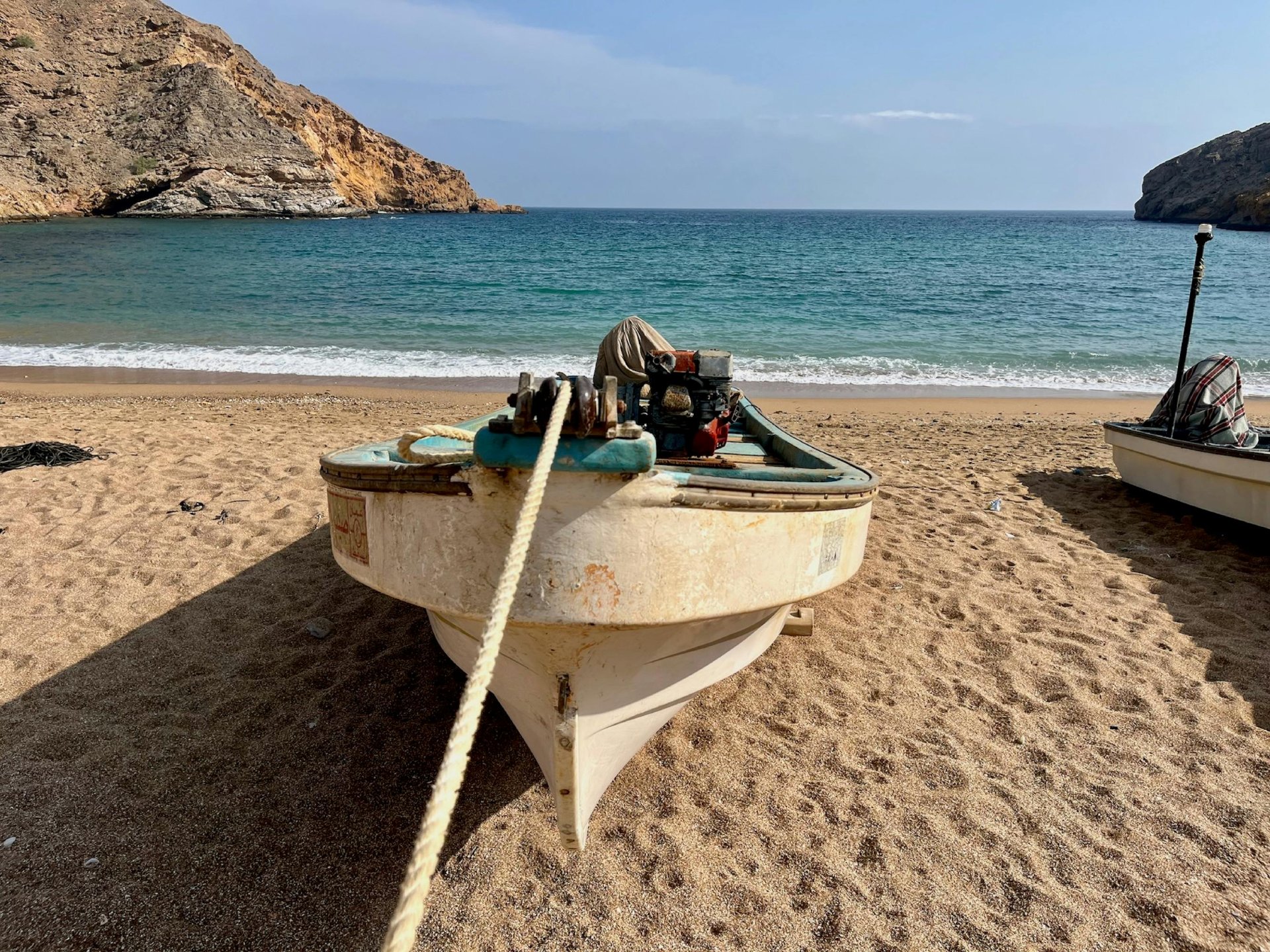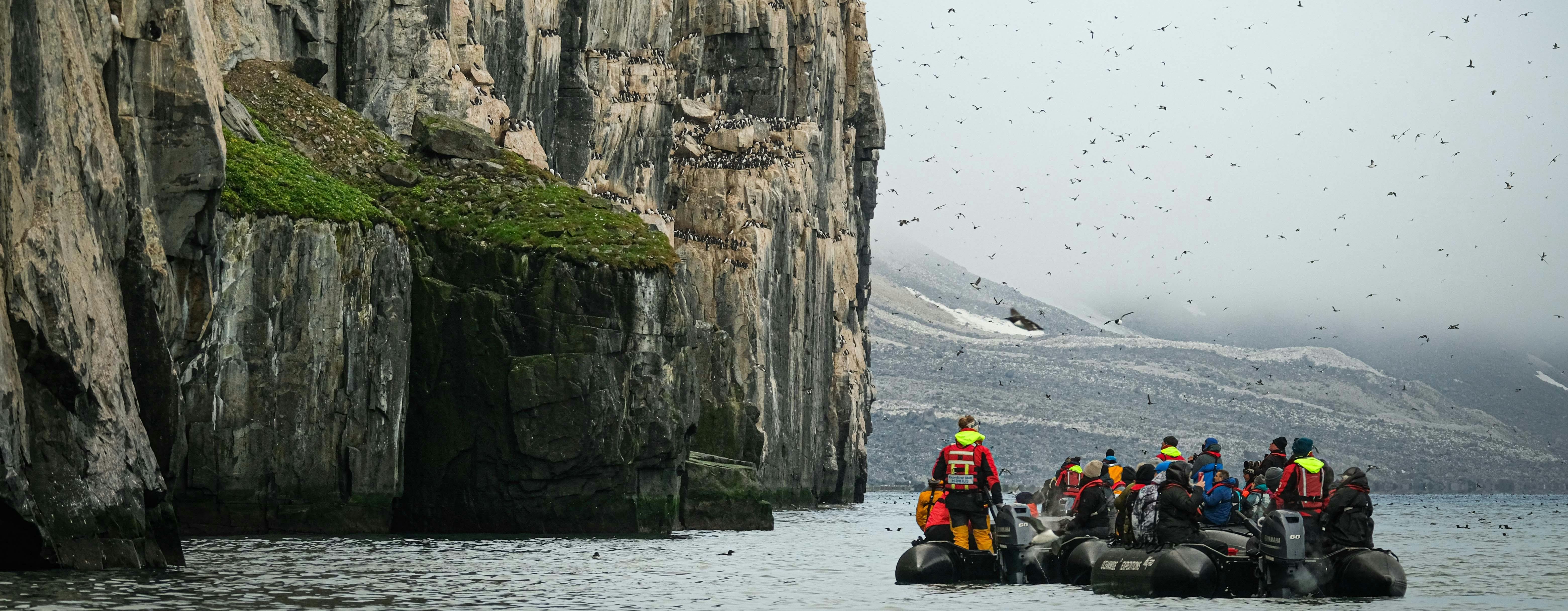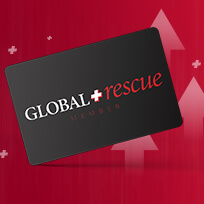Before you get on your bike and ride, conduct a risk assessment. Check your bike, check your health and learn about the trail to help you avoid mountain biking hazards and potential health and safety disasters.
You’ve taken your mountain bike out of storage. But are you physically ready to ride?
You’ve been riding for years and, as the world emerges from the pandemic, you want to hit that 10-day mountain biking bucket list trip abroad you’ve been dreaming of. The question is whether you’re in good enough shape to pull it off.
“Bikers must determine if their medical health supports a trip of this duration. If you’re not, but you still have the passion, does the benefit outweigh the medical risk?” said Roi Baligod, senior operations specialist at Global Rescue. “And do you have a proper support system if an accident or injury occurs?”
Baligod recommends conducting a risk assessment before you get on your bike and ride a trail to help you avoid a potential disaster.
Most accidents happen because of the following factors: bicycle overuse and poor maintenance, experience level of the cyclist and the terrain. Global Rescue experts and Safe Travel partners share their mountain biking safety knowledge to make your next ride a safer one.
Maintain Your Bike
Just like a car, you should schedule maintenance for your mountain bike at regular intervals. Bikinguniverse.com suggests:
- Checking the tire pressure, wiping the chain and removing excess dirt after every ride, depending on the weather
- Checking the brake and chain wear, bolt tension, shock and air fork pressure every four to five rides
- Ensuring your quick-release hubs are tight
- Having a bike fully serviced at least every six months at a bike shop
If you are traveling with your own bike, Catherine Shearer — co-owner of H+I Adventures, mountain bike tour specialists and Global Rescue Safe Travel partner — recommends having it professionally serviced before traveling.
“The travel process has a real knack for showing up any areas of neglect on a bike, and you don’t want to start your trip with mechanical issues,” Shearer said.
Have the Right Gear
Your bike isn’t the only gear you’ll be bringing with you.
“Bikers must have proper and quality protection equipment, such as helmets, knee pads (for some types of rides), biking shoes and garments as well as bike parts/gear suited for the type of biking activities they will engage in,” Baligod said. “Usage of proper protection equipment can significantly reduce life-threatening injuries.”
“Apart from a suitable mountain bike helmet, which is mandatory, we never embark on a trip without knee pads,” Shearer said. “Many people don’t ride with knee pads at home, but when you’re riding every day for a week or more your knees inevitably end up taking lots of little knocks and bashes — if not big knocks!”
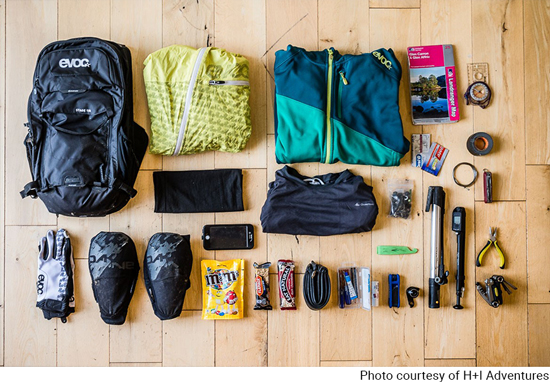
Check Your Health
The next consideration: how is your health?
“Mountain biking involves strenuous activity that can easily cause adverse effects with an undetected medical condition, such as a heart ailment. It is recommended to have a pre-activity health assessment,” Baligod said.
If you are already mountain biking, you should still check in with your health care provider before you upgrade your rides far from home. You’ll want to train for your next adventure, but “you don’t want to injure yourself while training,” Shearer said.
“We always advise clients to train for their adventure with us, no matter where they’re going. We have a training plan to help people get motivated and give them some structure and timescales,” Shearer said. “The biggest mistake that riders make before coming on a mountain bike adventure is not training properly. Crossing your fingers is not a training strategy. The more you put into preparing for your tour, the more you’ll get out of it.”
Safe Travel partner Thomson Bike Tours offers a training guide for mountain cycling, which includes tips like fueling your body properly during a ride: “As a general rule of thumb, for rides over 90 minutes in length, it is important to get 150+ calories and 10 ounces of water per every 100 calories consumed. If you can replenish a third of the calories you burn on the bike, you are doing a great job with nutrition. Remember that it takes time for your body to get accustomed to digesting fuel while on the bike. You need to train your gut just like you train your legs and lungs.”
Learn About the Trail
You won’t always know the trail, but you can prepare for new trail obstacles.
“It helps to prepare a risk assessment, including the weather, type of terrain or frequent injuries reported at the location,” Baligod said. “Unfamiliarity with the location could pose a risk to accidents or untoward incidents.”
H+I has produced a series of videos to help riders practice certain trail features at home: how to ride rock gardens, how to master river crossings and how to master step overs, to name a few.
If the trail is nearby, Singletracks.com, a website dedicated to sharing mountain biking knowledge, recommends walking the trail to look for any hidden dangers and “places to bail out if things go wrong.”
“Forest tracks are usually not well maintained and exposed to all elements, accumulating slippery moss or rotten wood paths that can contribute to possible injuries or accidents,” Baligod said.
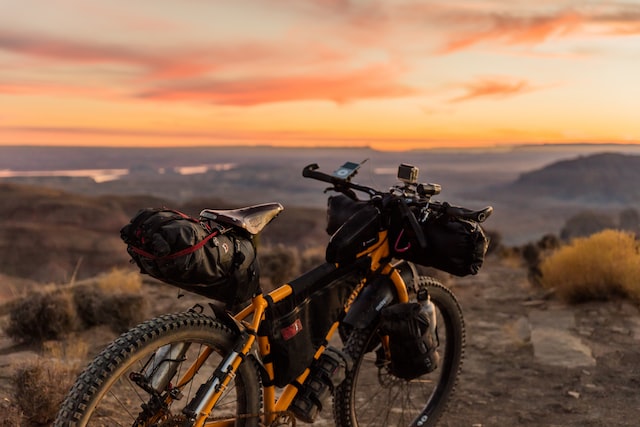
More Mountain Biking Tips
Each type of mountain biking poses a different risk: you’ll be more worried about gravity and obstacles with downhill mountain biking, dehydration is a concern for cross-country mountain biking (long-haul rides to test endurance) and fatigue is common for all-mountain or trail riding which has a slow uphill pedal and fast slope descend.
“The risks for cross-country mountain biking depend on which type of path or terrain it will involve. If the path involves biking on a long-deserted location, it can pose a significant risk for dehydration, severe sprains, or mechanical problems that can leave bikers stranded in a remote location,” Baligod said.
“Trail mountain biking can also be tricky due to the treacherous terrain involved. Unfamiliar mountain bikers could easily lose their way on the unmarked paths or suffer injuries in a location not easily accessible to air or field rescue.”
Additional mountain biking safety tips include:
- Knowing basic medical first aid like simple bandaging, managing muscle cramps or splinting of a non-complicated fracture. “Riders must also have an available basic medical kit when biking,” Baligod said.
- If you’re injured or have a mechanical problem, have appropriate clothing to keep you warm for a protracted period while you repair your bike or wait for rescue.
- Following the rules and etiquette of the trail.
- Sharing a biking itinerary with family members or significant others. “If you’re a solo biker, this can help locate or trace you in case of an incident,” Baligod said.
- Identifying nearby hospitals, police stations, rescue groups, forest ranger stations, food stores and shelters within the biking itinerary. “You’ll want resources accessible in time of need,” Baligod said.
- Signing up for a travel protection membership, like Global Rescue, offering medical/security evacuation and medical advisory services for outdoor activities and adventure travel.
If you’ve checked all the boxes applying to you and your upcoming ride, now it’s time to enjoy the trails.
“I love the fact that mountain biking can take you to such beautiful places around the world and, when you’re riding your bike, you can’t think about anything else,” Shearer said. “You become totally absorbed in what you’re doing and the stresses of everyday life just disappear.”

